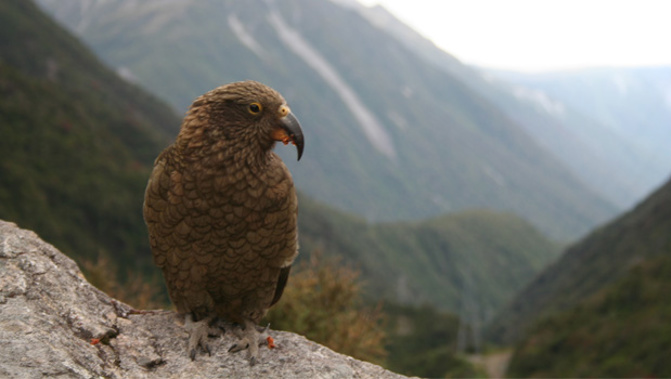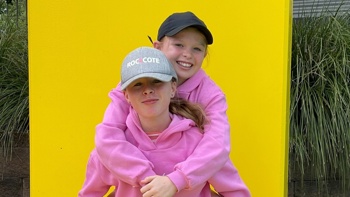
A scientific paper has found free-living keas in Fiordland using sticks as tools to probe into trap-boxes housing stoat traps and food bait.
One kea has even been filmed inserting sticks into a trap-box over a two-month period in the Murchison Mountains Special Area in Fiordland.
At least 227 different traps had evidence kea used sticks for tools over a two-and-a-half-year period, suggesting more than one kea uses sticks for tools.
Running in the Scientific Reports journal, the paper from Matthew Goodman, Thomas Hayward and Gavin Hunt suggests cognitive constraints "largely prevented kea investing tools when foraging naturally".
"Potential probe sites where kea could extract prey more effectively with tools likely exist in their forest habitat, even if they are uncommon," the paper reads.
"However, the visually obvious food that kea could see inside trap-boxes made it easier for them to invent tool use compared to natural probe sites where extractable food would usually be hidden from view."
The kea is the world's only alpine parrot and is native to New Zealand and is an endangered species.
The traps the birds have been probing into are part of a Department of Conservation operation to protect the kea.
The birds tampered with the traps when they were first installed to try and access the food bait but it took them years to start using sticks for tools, the paper said.
Kea in captivity had been known to use tools before the reporter but they had not been documented using tools in the wild.
"This delay in tool use emerging, together with the lack of tool use when kea tampered with trap-boxes outside the study area, suggested it was cognitively demanding for the birds to invent the behaviour.
"A prediction of the cognitive constraints idea is that birds with a high level of intelligence and physical cognition, like the kea, should more readily innovate tool use when it is facilitated.
"Confirmation that inventing tool use is cognitively demanding for kea would be if the tool-using birds in the Murchison Mountains began to use tools when foraging naturally," the paper reads.
Take your Radio, Podcasts and Music with you









